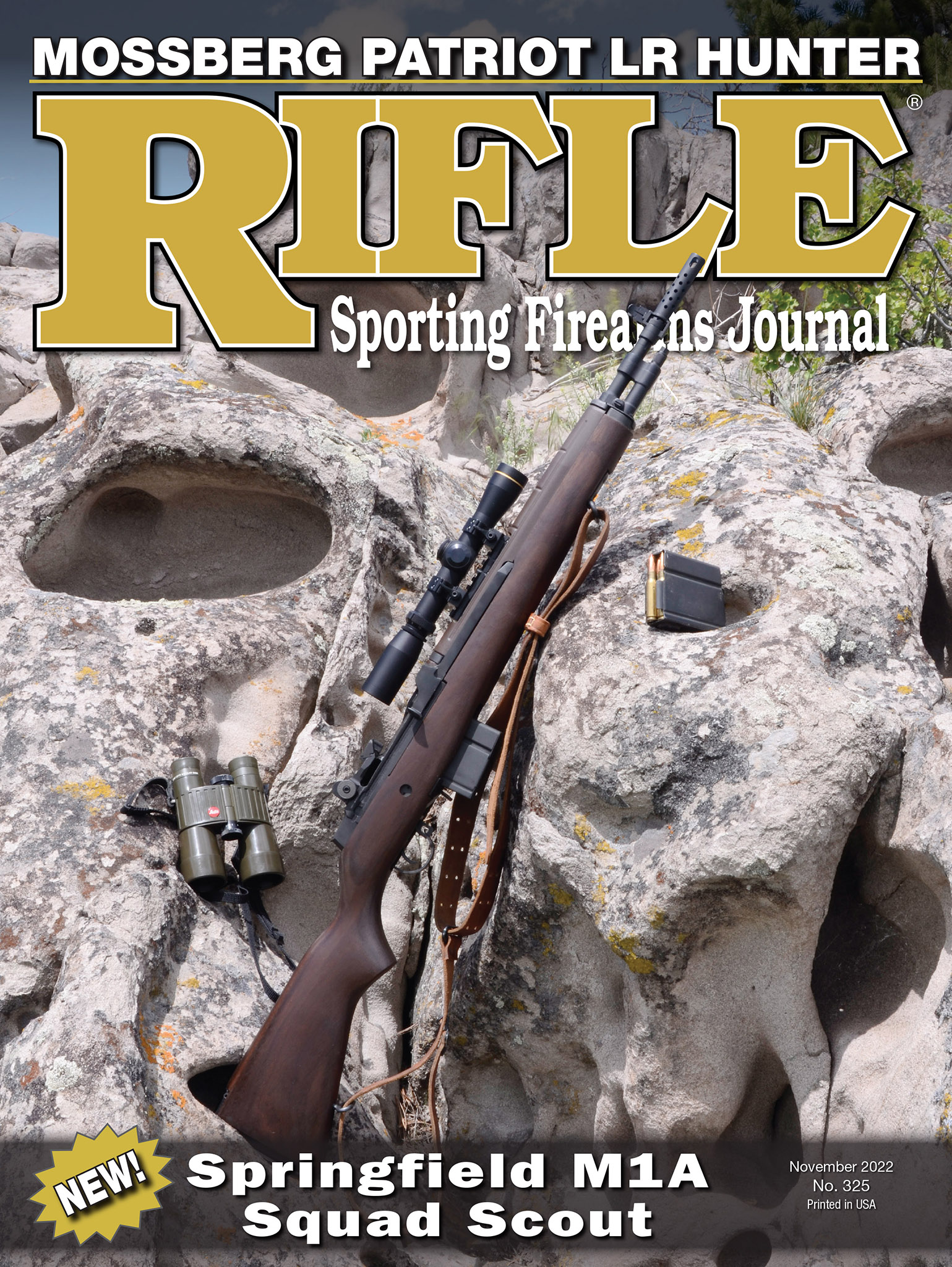Wonderful Werndl
A Jagdstutzen from the Imperial Court in Vienna
feature By: Terry Wieland | October, 22


The minute I picked up the rifle its quality was obvious. It may have been unusual, it may have been a mystery, but that just made it all the more fascinating. Fortunately, not many others at the auction were equally taken with it, and I brought it home.

Eventually, this is what I learned: It’s what was once known as a Fruwirth Carbine, Model of 1870, built in Vienna by Ferdinand Fruwirth on the Werndl action, and chambered for the cartridge known as, among many other names, the 11.2x36 Österreichisch-Ungarische Kavallerie-Revolver Model 1870. When, exactly, it was made is a mystery, but certainly before 1890. It’s a Jagdstutzen, or hunting carbine, and obviously the stylish ancestor of the later Mannlicher-Schönauer Model of 1903. The name “Jos. Heinige in Wien” is engraved on the barrel.

Werndl was born into a gunmaking family in Steyr in 1831. His father had a large and successful company making gun parts. Josef apprenticed with Ferdinand Fruwirth, a famous gunmaker in Vienna who occupied a place with the Hapsburg Imperial Court comparable to James Purdey in London. After completing his apprenticeship, Werndl embarked on the mandatory period of traveling expected of all journeymen in central Europe, working at, among other places, the Colt and Remington factories in America. He returned home in 1855 and, his father having died of cholera, took over the family company.
In 1866, the Austro-Hungarian Empire fought a brief war with Prussia, where it was finally defeated at the Battle of Königgrätz. The Austrians were armed with the muzzleloading Lorenz, while the Prussians had the breech-loading Dreyse needle gun. The Austrians immediately embarked on a search for a new, breech-loading, infantry rifle. The purchasing commission was on the verge of awarding the contract to Remington, which was offering its proven rolling block, when Josef Werndl produced a new design with a rotating breechblock. It proved superior to the Remington in several ways, including rapidity of fire, with the added advantage of supporting a domestic industry.

The rotating-block Werndl proved to be a very versatile design. It could easily be scaled down, and was produced as a long infantry rifle, a short (artillery) rifle, a cavalry carbine, and even a single-shot pistol.
The operating principle was simplicity itself: a cylindrical breechblock rotated within the receiver by means of a knurled thumb piece; when open, it exposed the chamber and a cutaway portion that acted as a loading ramp. The extractor was activated by pressing down on the thumb piece when the action was open. The striker is inside the breechblock, struck by an external hammer which is part of a traditional sidelock. When lowered, the nose of the hammer fitted into a recess in the breechblock, locking it closed.

* * *
The very early period of successful cartridge rifles – 1860 to 1875 – produced some extraordinary designs, and not just in terms of historical significance. Several are, or can be made into, very nice rifles to shoot. In America, we have the Sharps and the Ballard; in Europe the Martini; and, less well-known, the Austrian Werndl.
All of these began life as military rifles but were modified and adapted to hunting and, particularly in the case of the Martini, target shooting. Several other designs, like the trapdoor Springfield and British Snider-
Enfield had mostly military careers but are being used in black-powder matches to this day. In fact, I can still find the Snider in everyday use as a utility rifle in some obscure corners of the old British Empire.
The Werndl is not as well-known in America as, for example, the Snider-Enfield, because relatively few have shown up here in the military-surplus market. It was in official use by the Austro-Hungarian Empire for only about 15 years. Like the Snider-Enfield, it was a stopgap, and was superseded by a Mannlicher repeating rifle in the early 1880s. The military Werndl rifles and carbines were put into storage and later issued to rear-echelon troops.
The virtues of the Werndl were recognized by Austria’s independent gunmakers, however, and it was employed in a number of ways. Most of them purchased actions or barreled actions from the main factory in Steyr. These were turned into both hunting and target rifles.

They note also that they had seen several plain examples, too, but the three that are illustrated are as deluxe as rifles can get. They all have double-set triggers; one has a Swiss-style stock, another a Viennese style. Obviously, the Werndl occupied a prominent place in the world of Austrian Schützen.
Its place in hunting was no less prominent. Early on, Josef Werndl licensed his old employer, Ferdinand Fruwirth (sometimes spelled Früwirth or Fruhwirth) in Vienna, to produce carbines built on the smaller action, including the one intended for handguns. Fruwirth supplied the small gunmakers of Vienna – of whom there were many – with basic materials to build rifles.
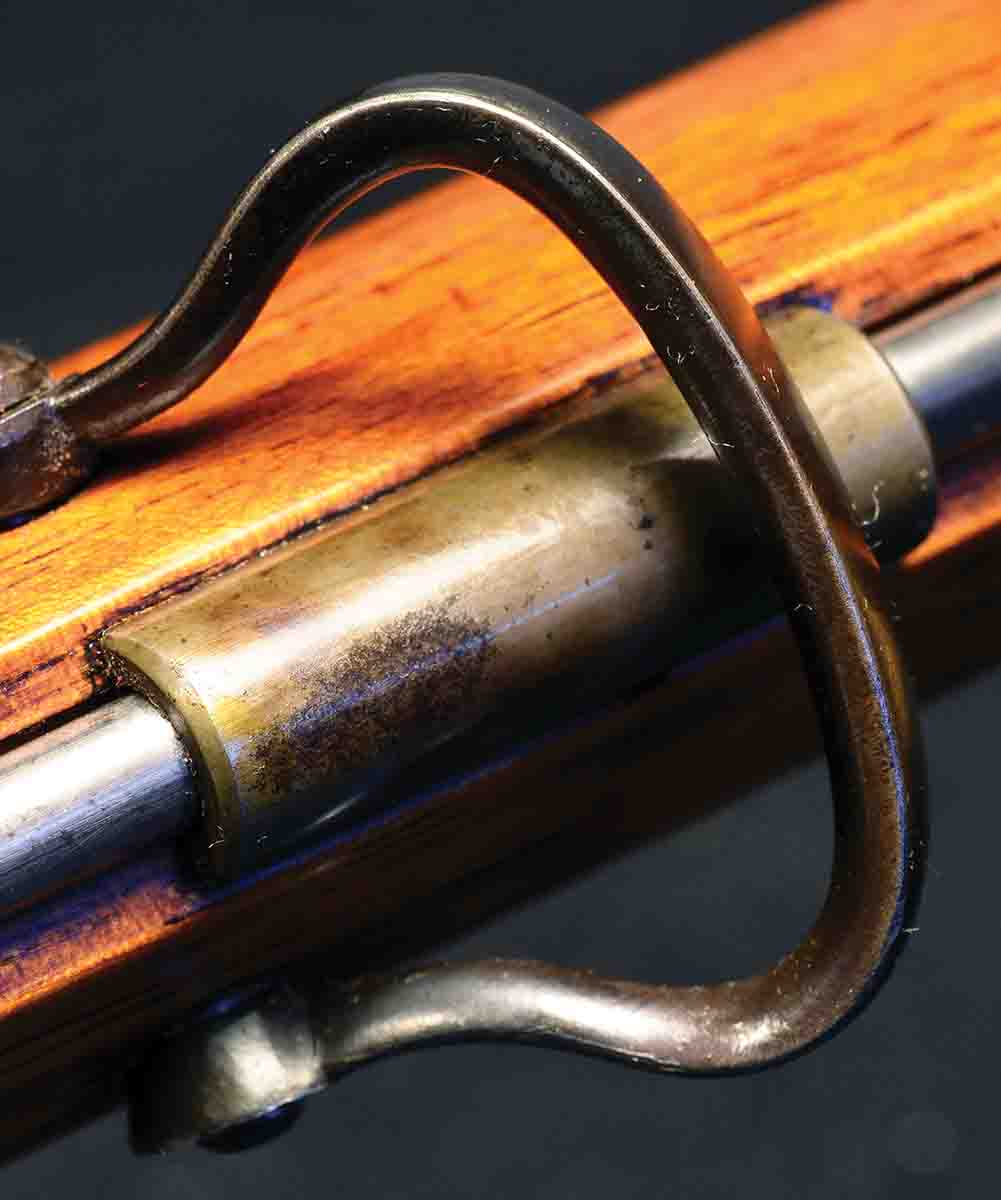
My rifle has the name “Jos. Heinige in Wien” engraved on the barrel. Early mention of this when I bought the rifle and was looking for information brought notes from readers as far apart as California and Maine, Ohio and New York. One letter included the information that Josef Heinige was a gunmaker and/or retailer in business in Vienna until 1902, after which the company was involved in a succession of mergers; by 1922, it ceased to exist altogether. This was pieced together from hints found on a website (GermanHuntingGuns.com) devoted to firearms from central Europe.
Presumably, my rifle was made for Heinige by Ferdinand Fruwirth.
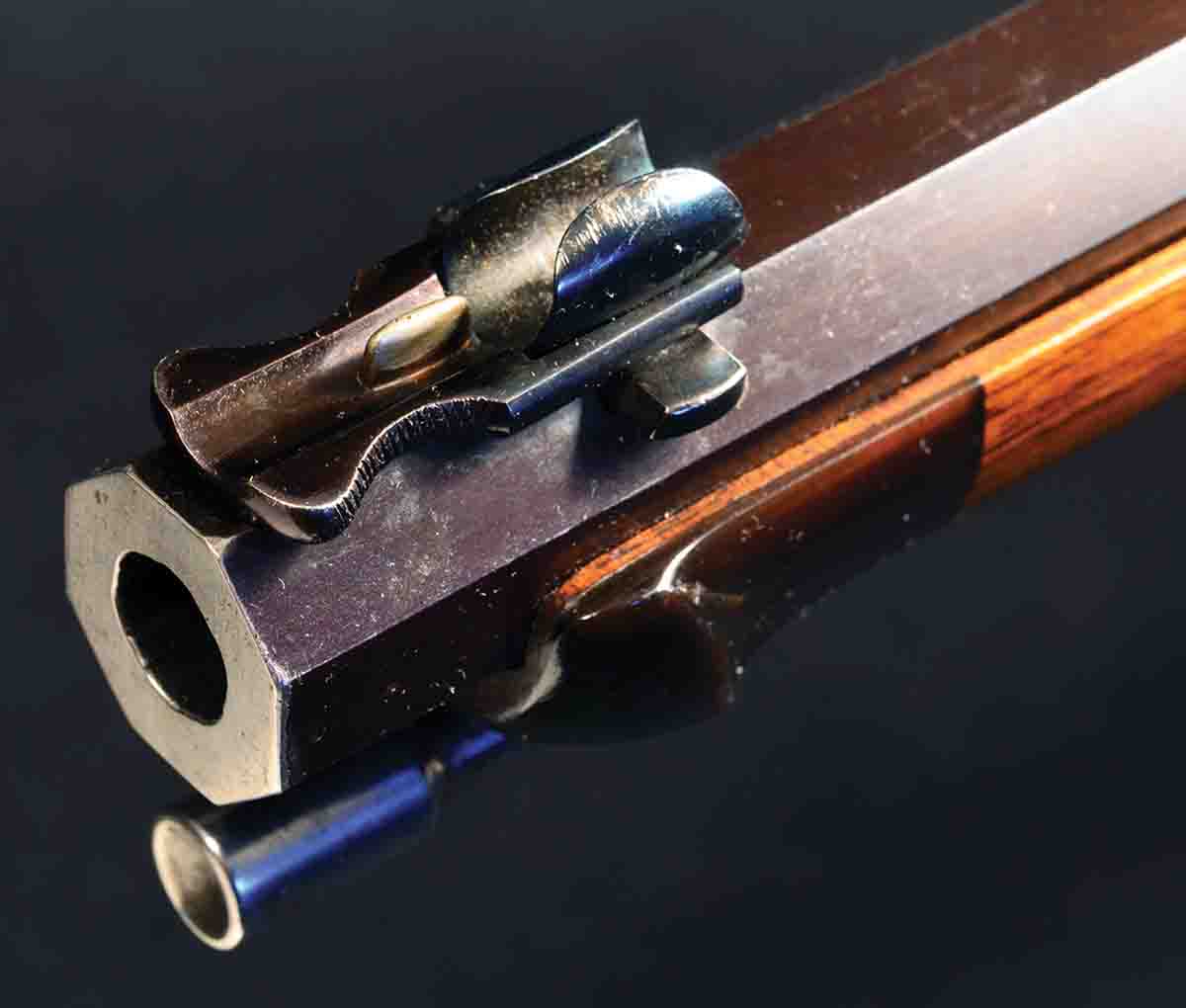
The 11.2x36 was produced to various dimensions and specifications by virtually every ammunition maker in Europe, and was even offered in the U.S. by Winchester until about 1939. It uses a straight rimmed case that – on paper, at least – launches a 282- to 313-grain bullet at 689 feet per second (fps). There was also a 216-grain load, velocity unknown.
This is not exactly a devastating big-game cartridge, but it was excellent for hunting the diminutive roe deer and could be made into a lovely little mountain rifle for hunting chamois in the high Alps.
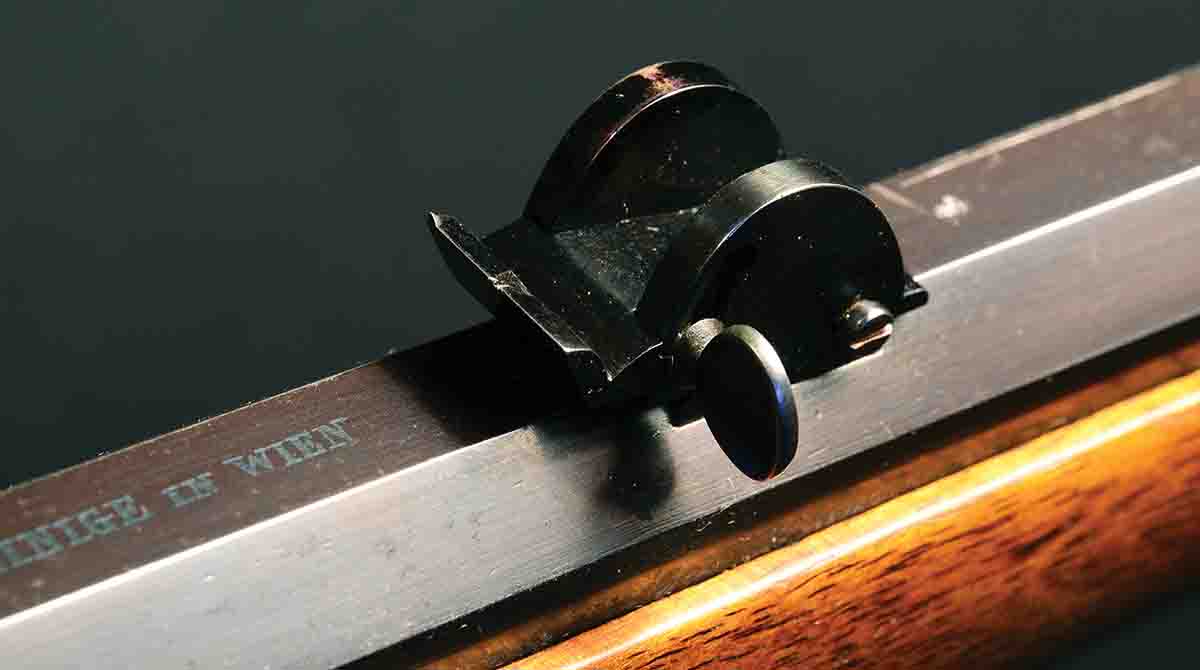
As I reported in Handloader No. 338, (June-July, 2022), I was able to cobble together ammunition for my Werndl from a base .40-65 case, cut-off short and with the rim whittled down, using a bullet intended for the .44 Special. At 200 grains and 1,322 fps, loaded with black powder, this is ballistically no slouch and significantly superior to its original specs, but accuracy leaves a little to be desired. The answer would be a custom bullet mould.
Those quibbles aside, the many lovely features of my little rifle are best illustrated by the photos here, from its horn forend schnabel, to the front sight with interchangeable blades for different uses, to the beautiful case colors of the highly polished action. The stock is crafted from walnut that would sell today for big bucks, with a beautifully fitted, case-hardened steel buttplate. The double-set trigger works like a charm.
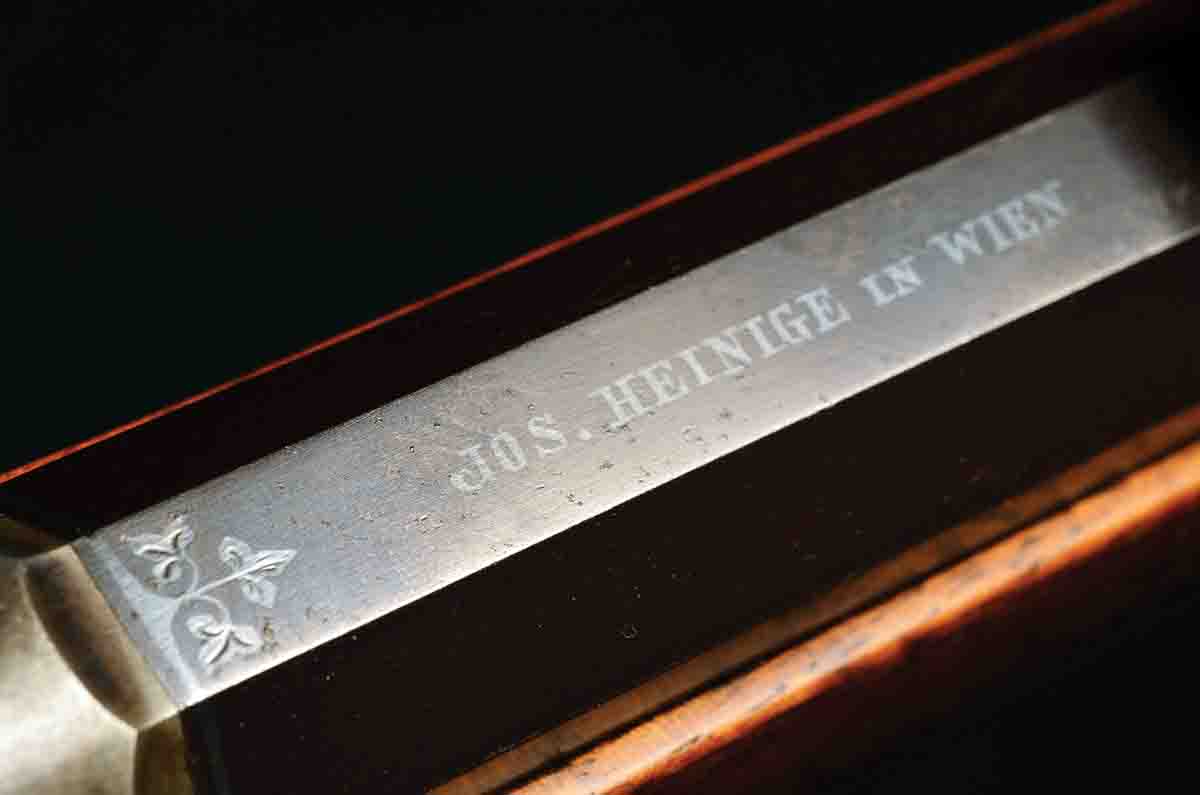
That is one last puzzle and one which, in all probability, will so remain.
.jpg)


